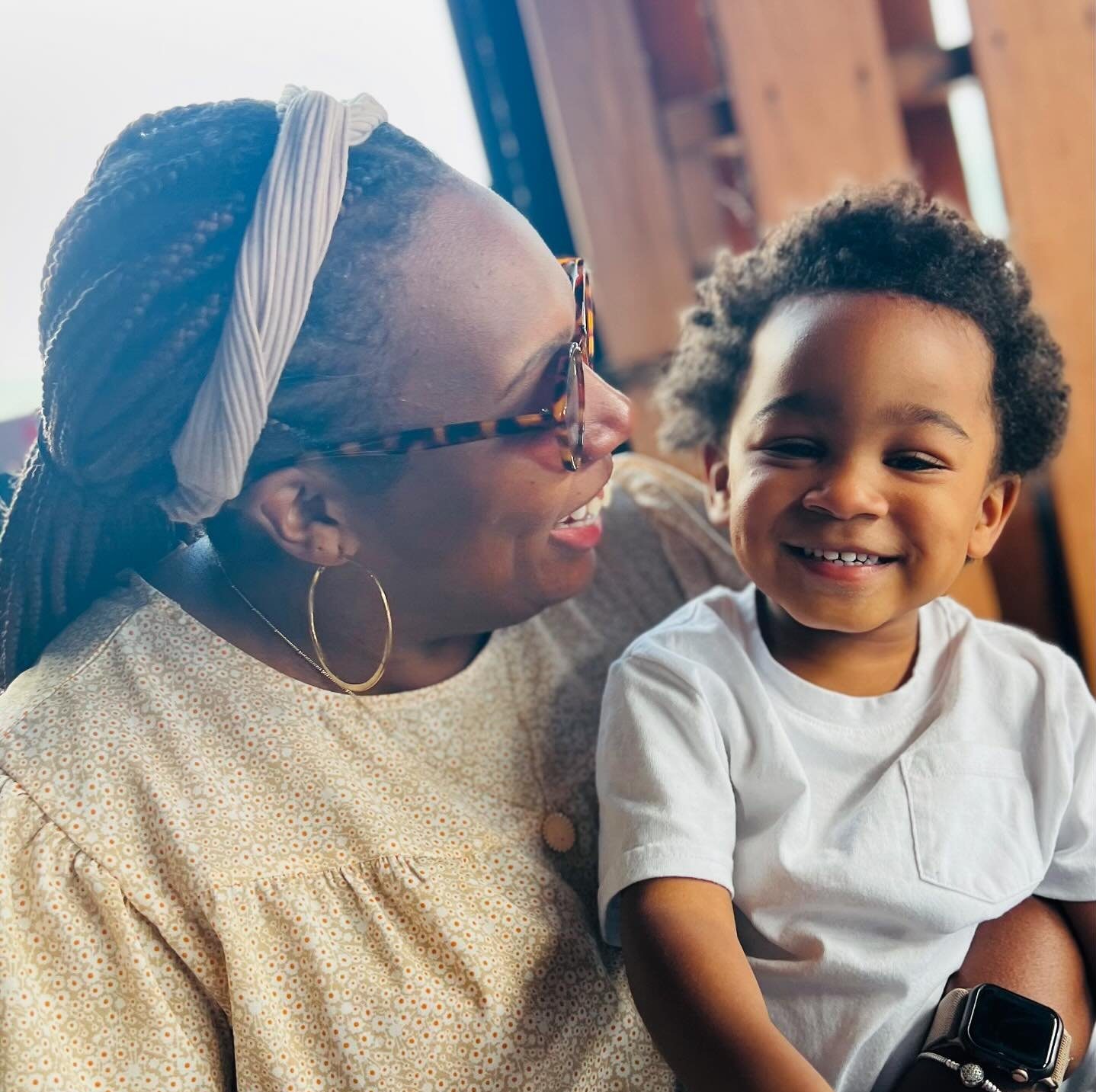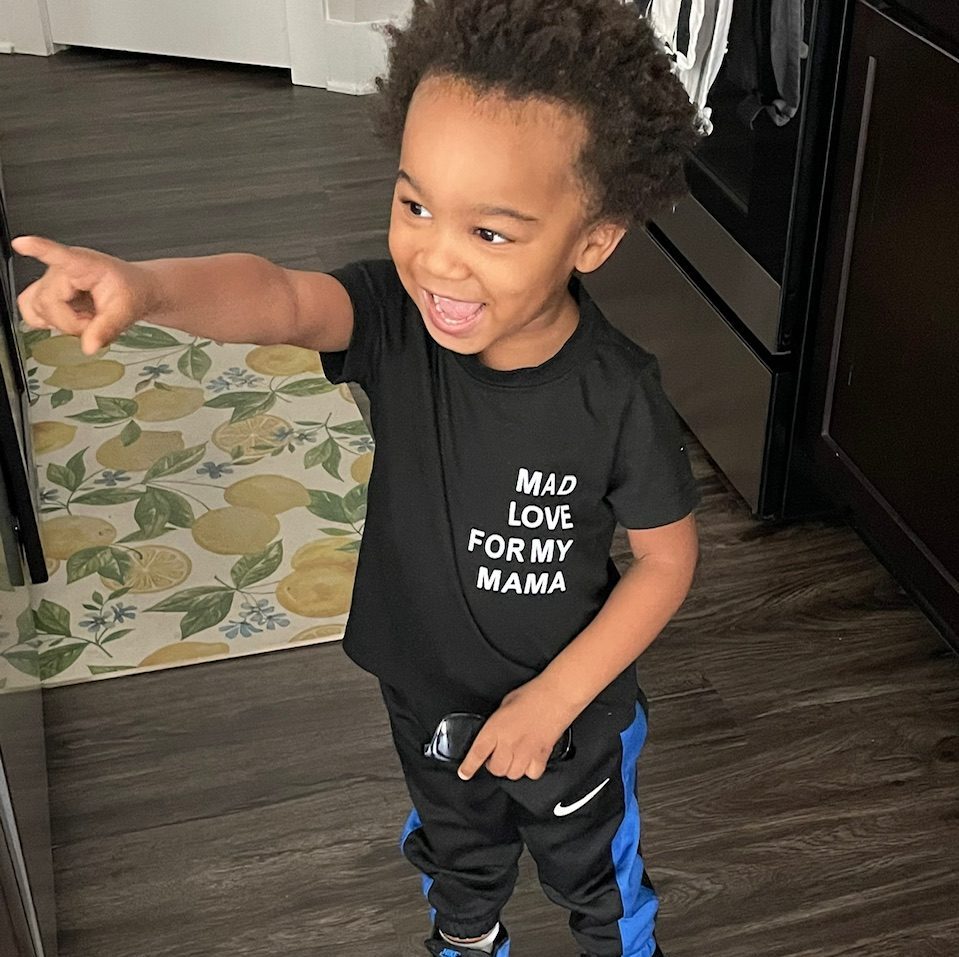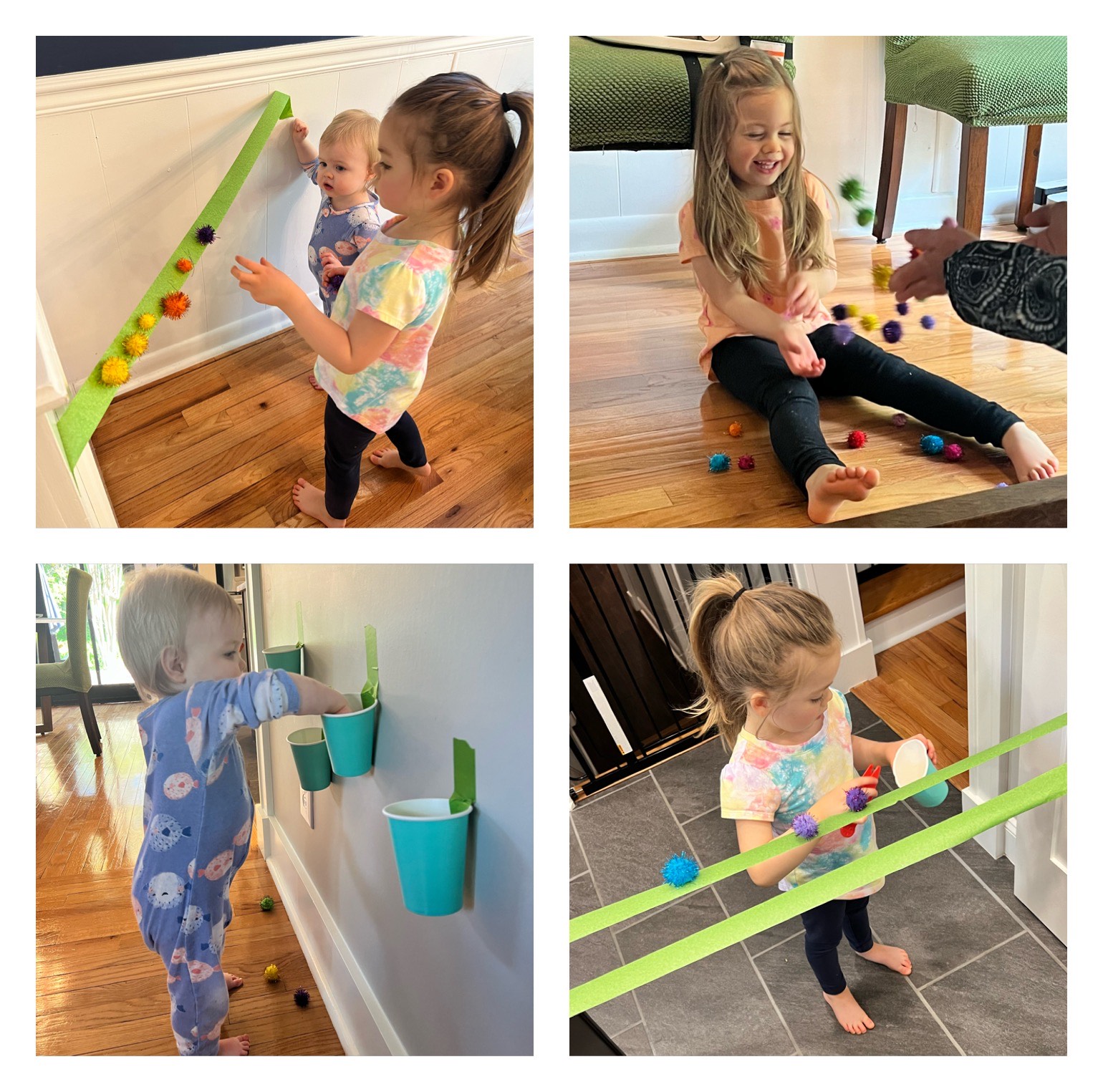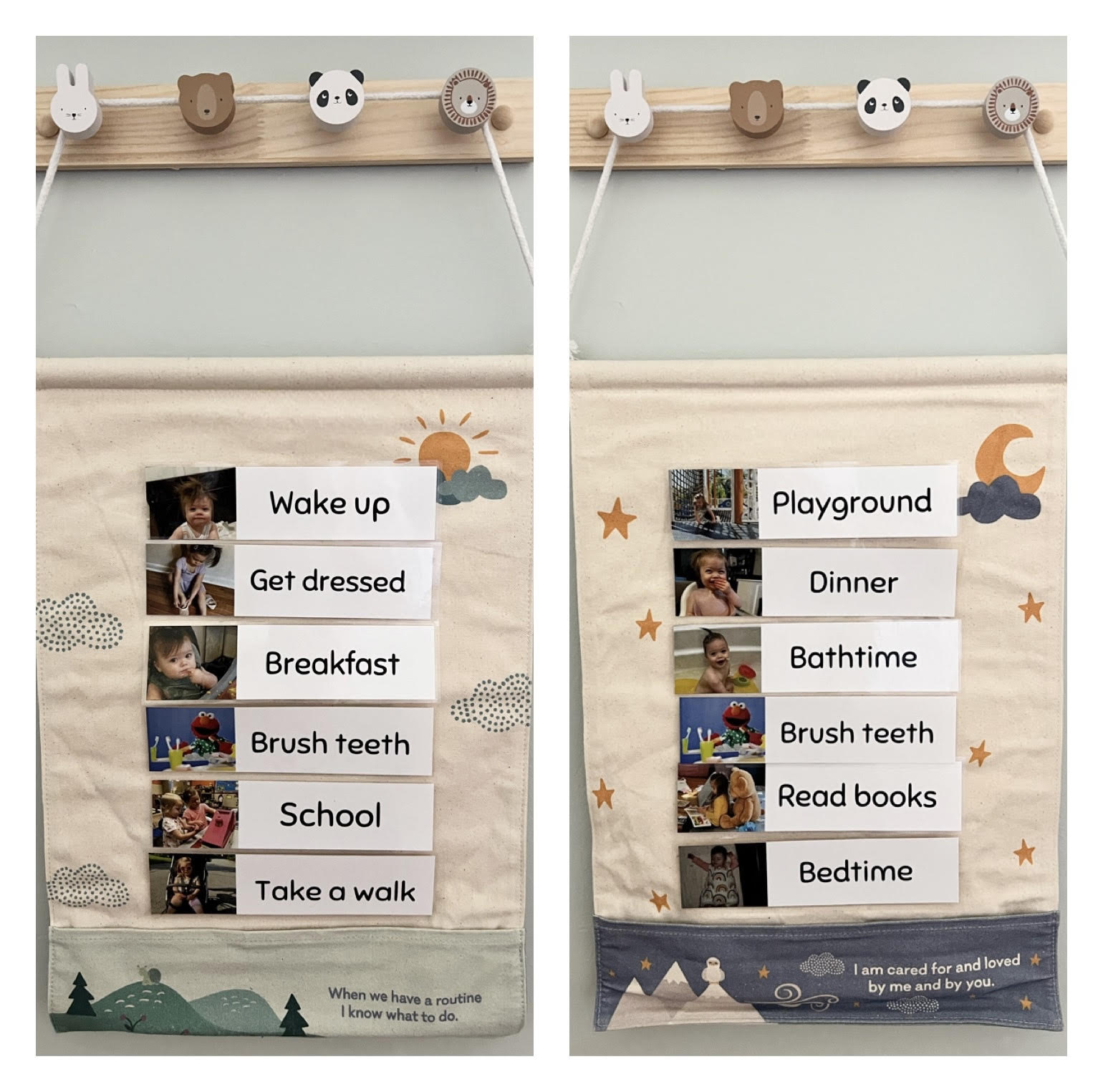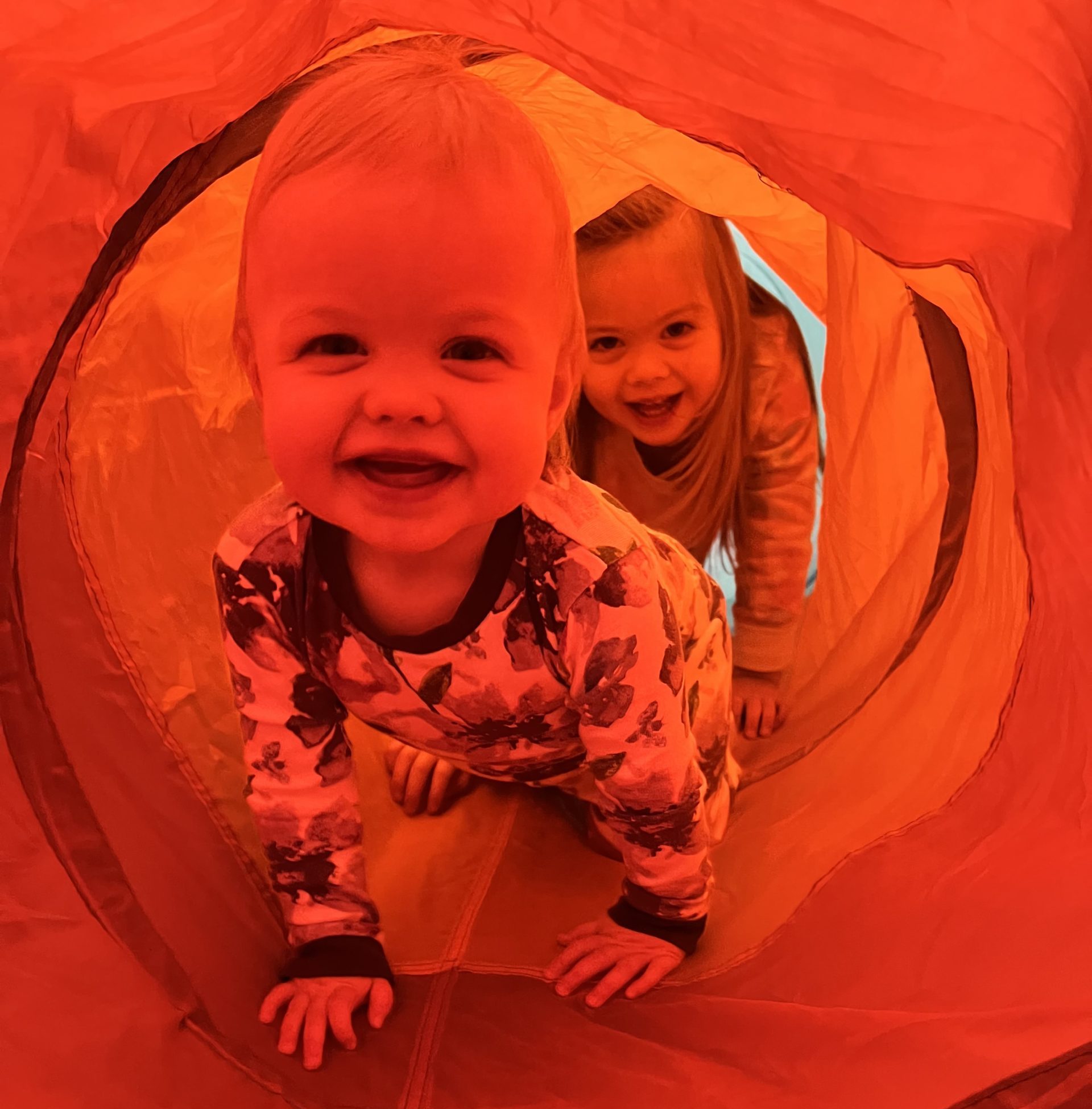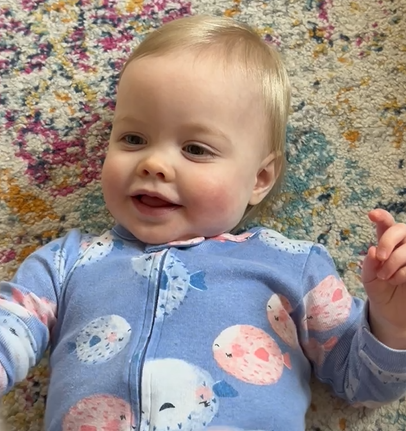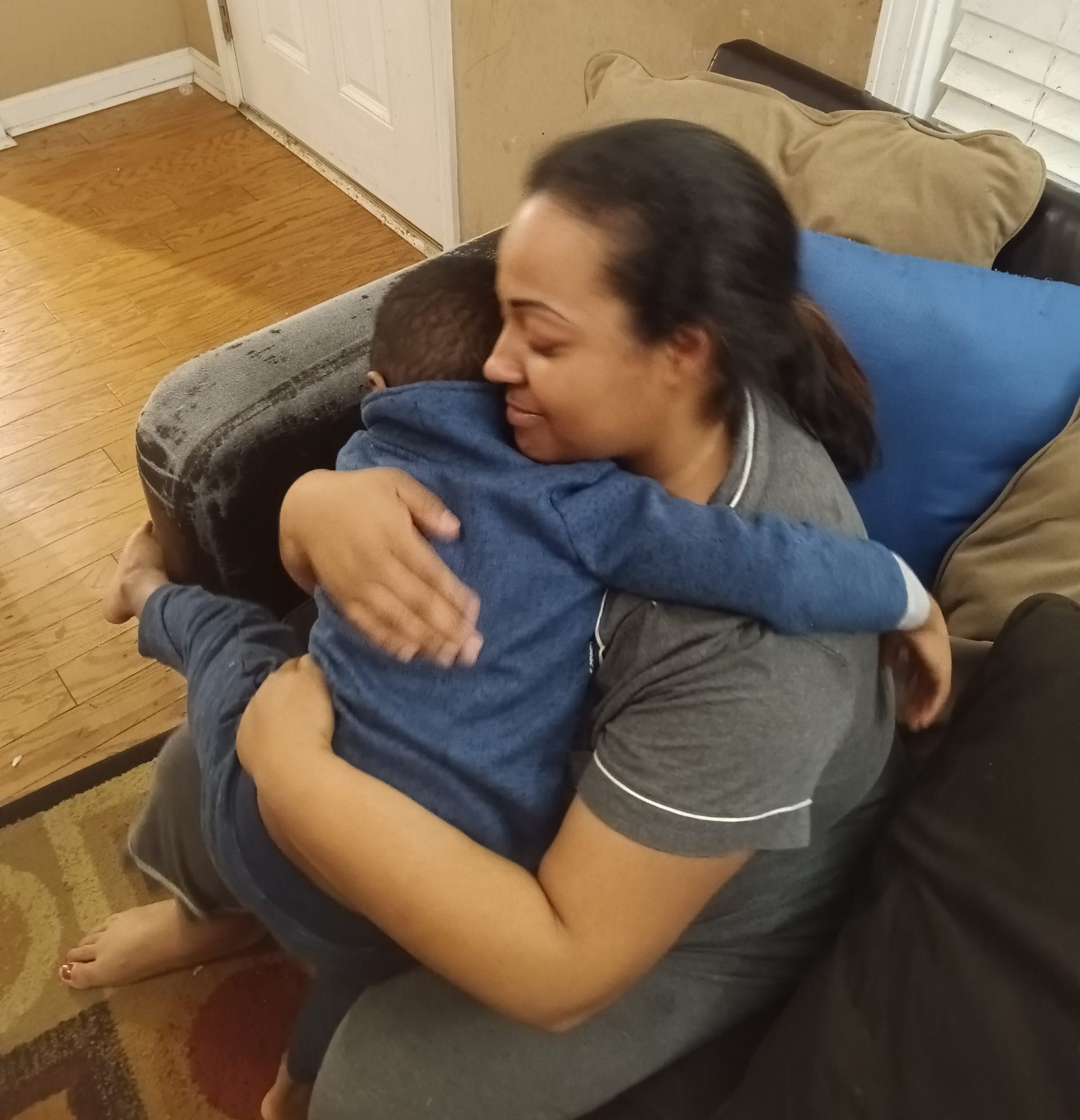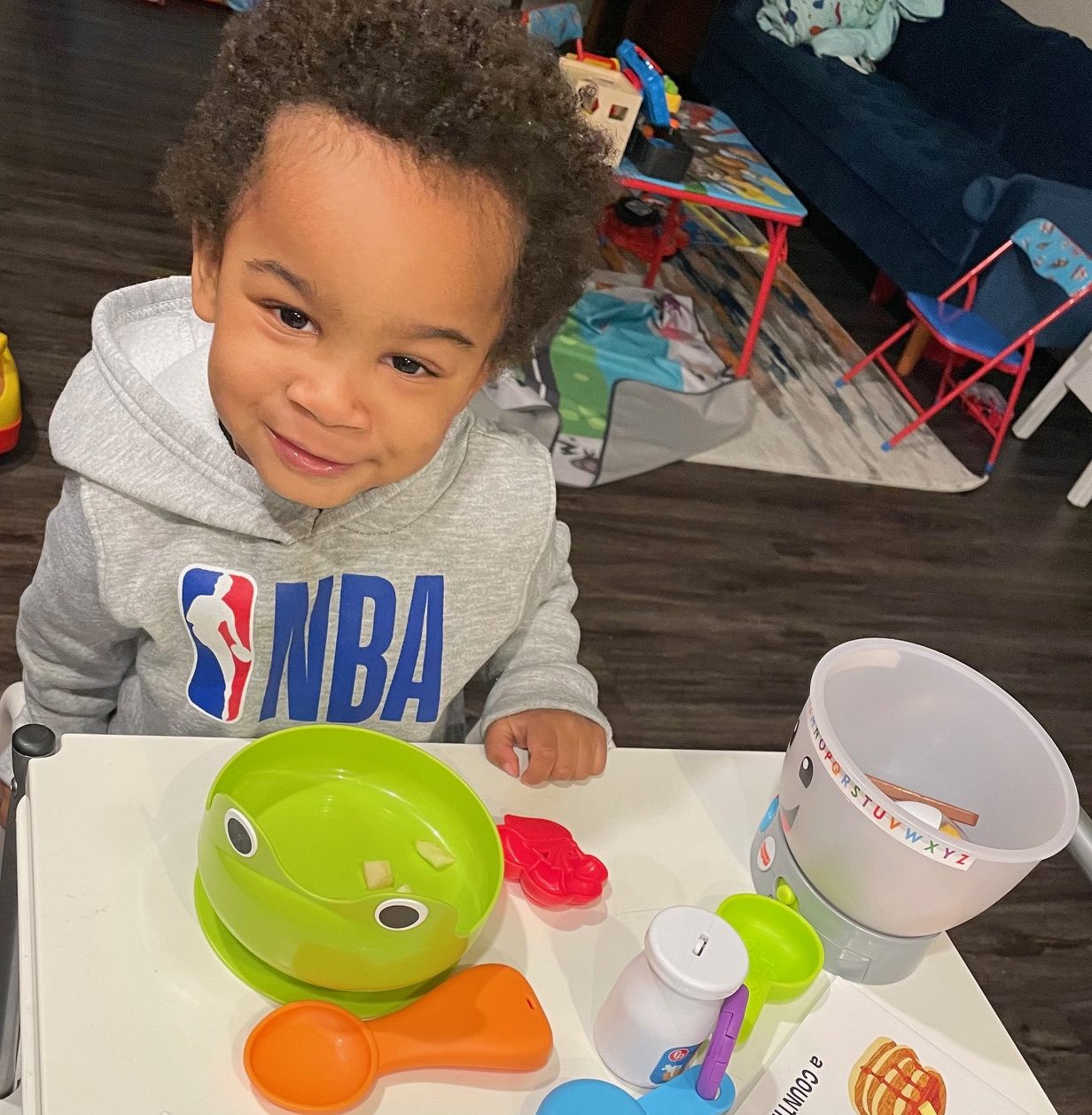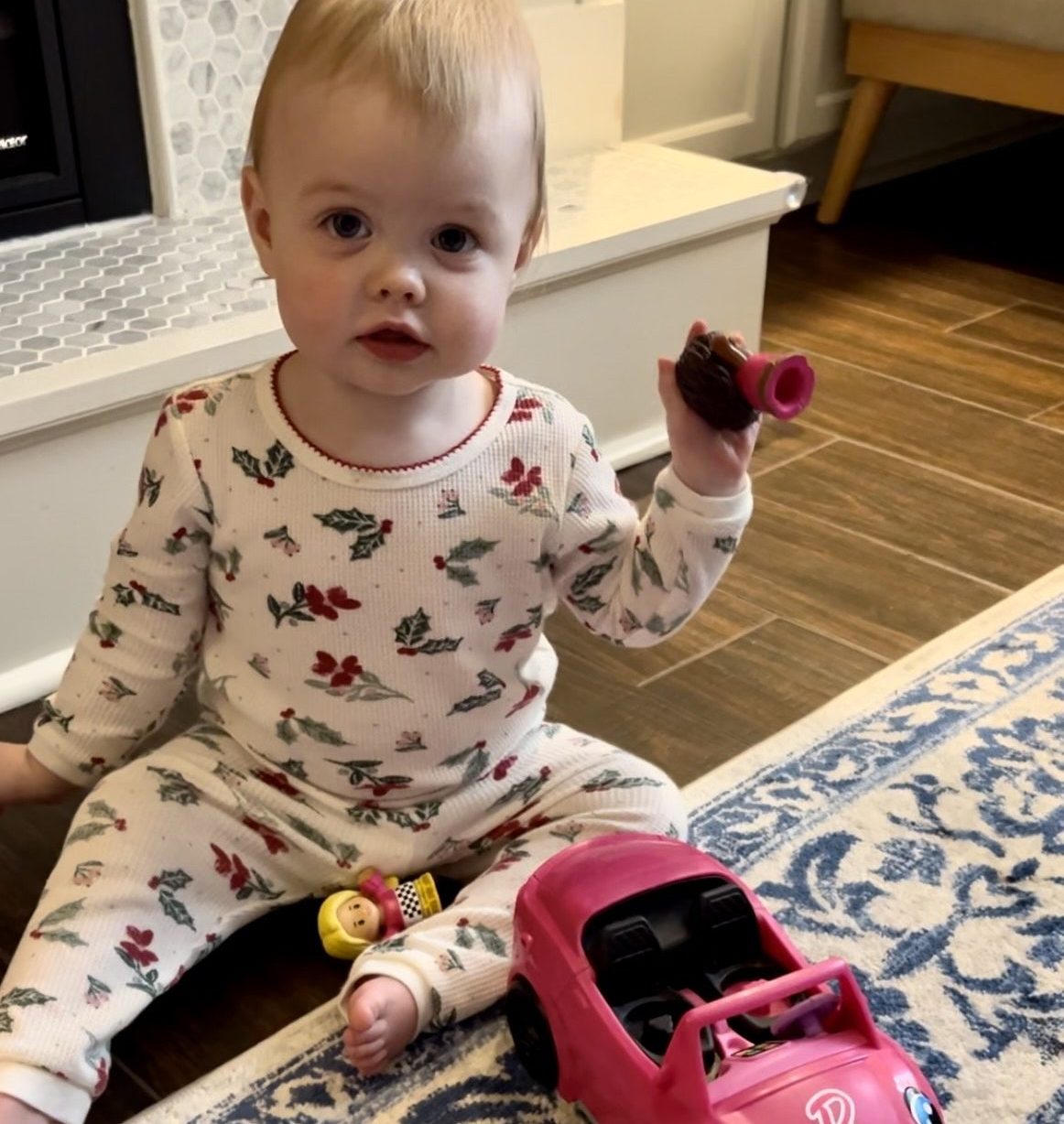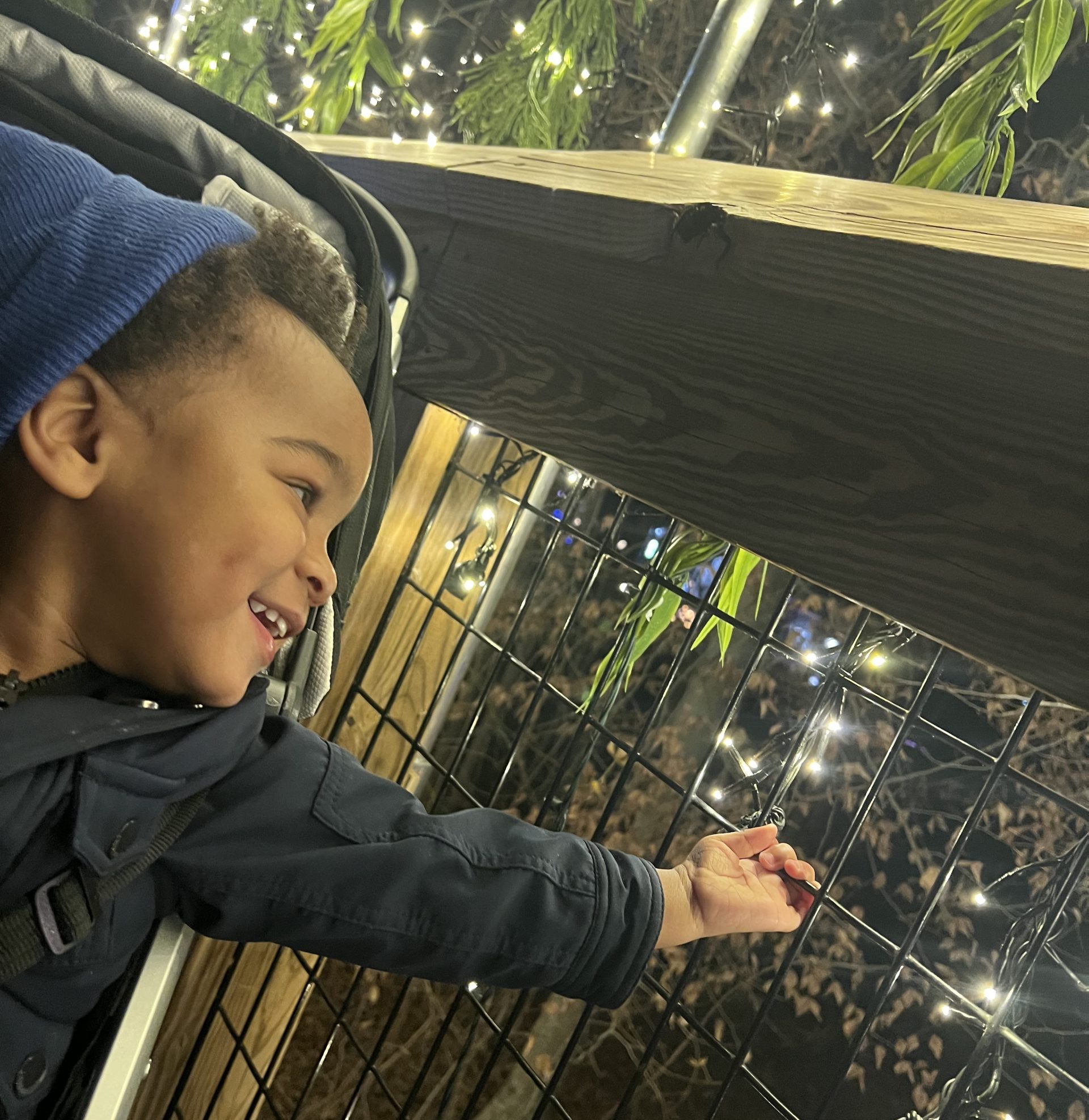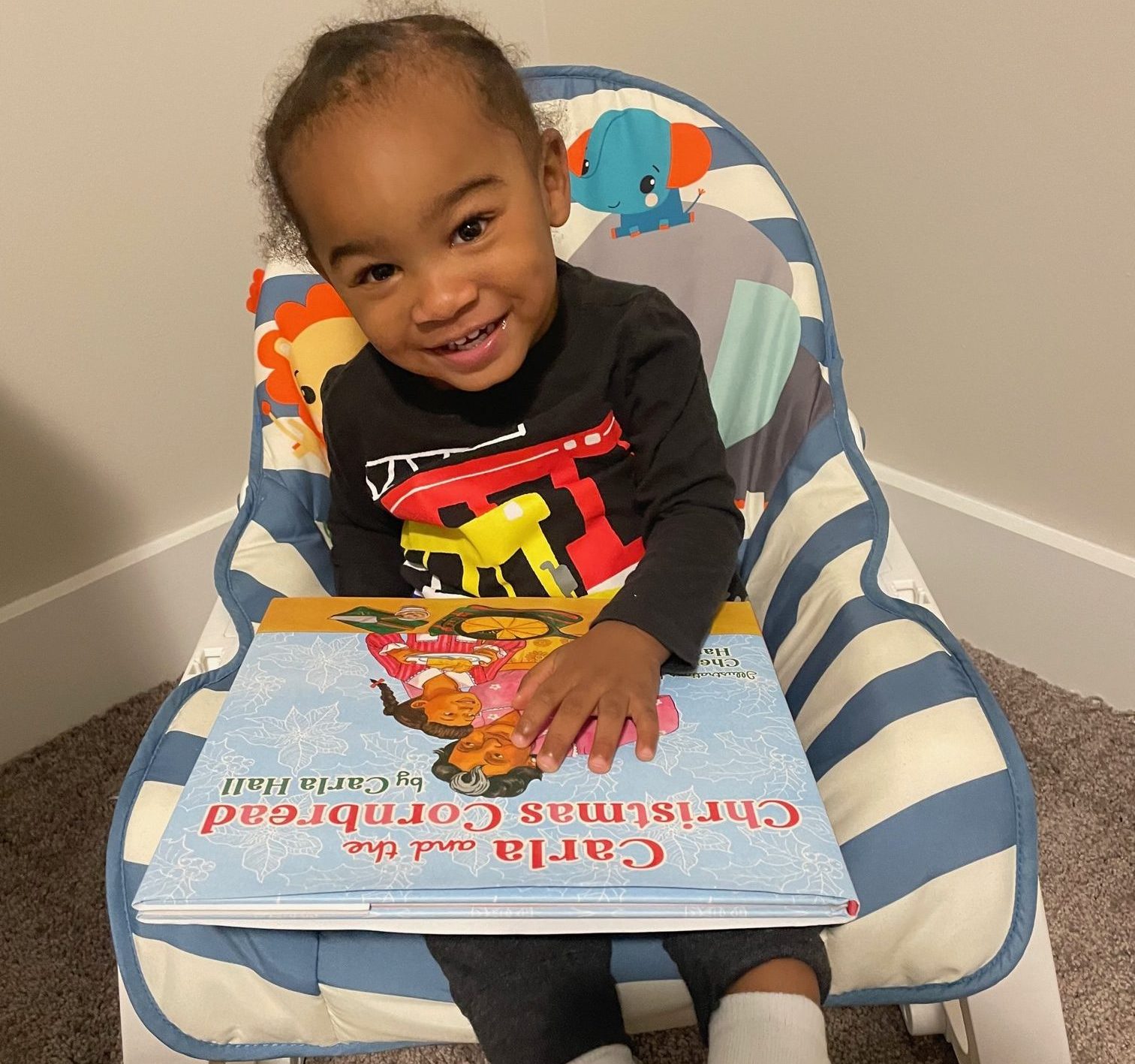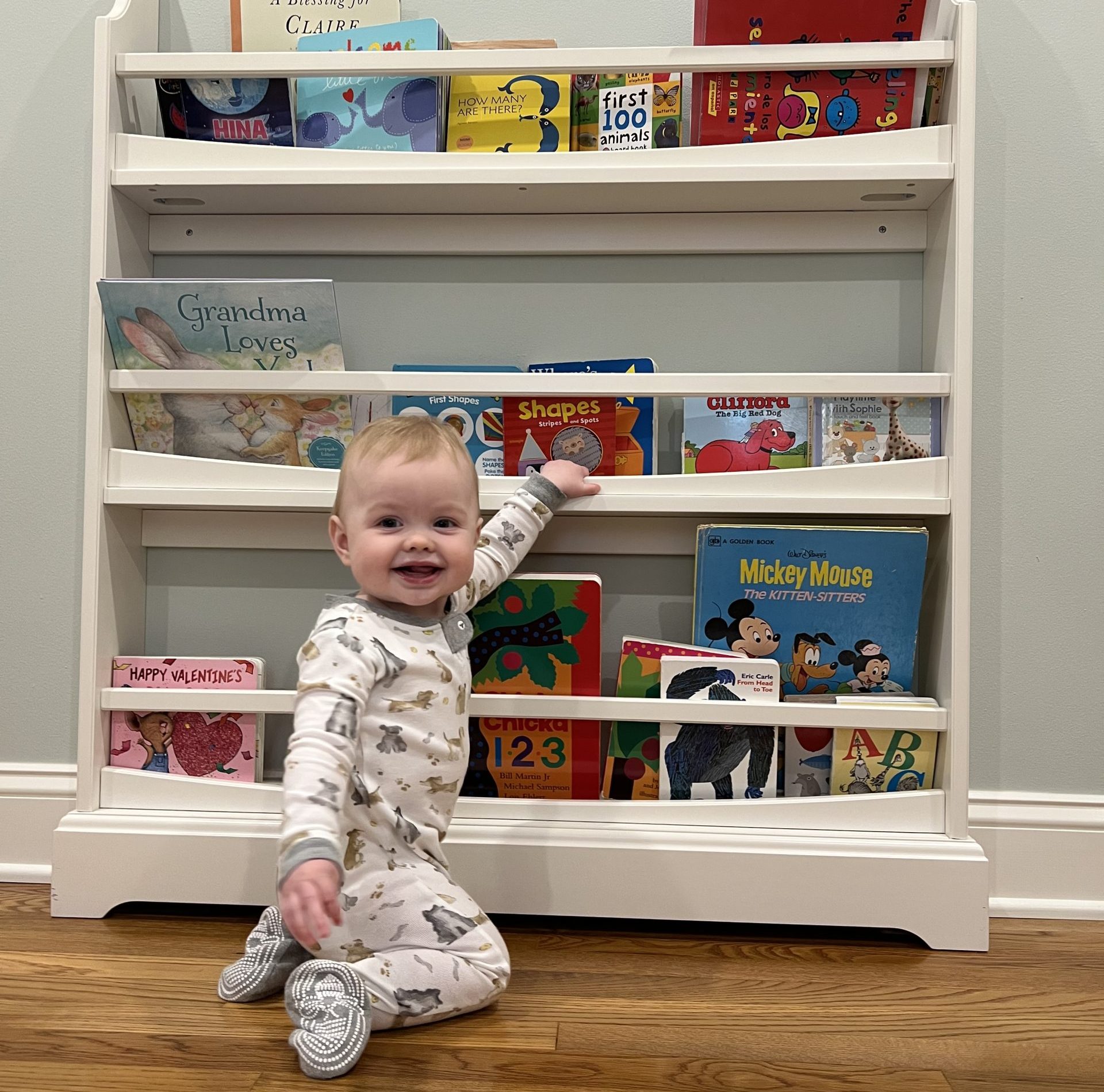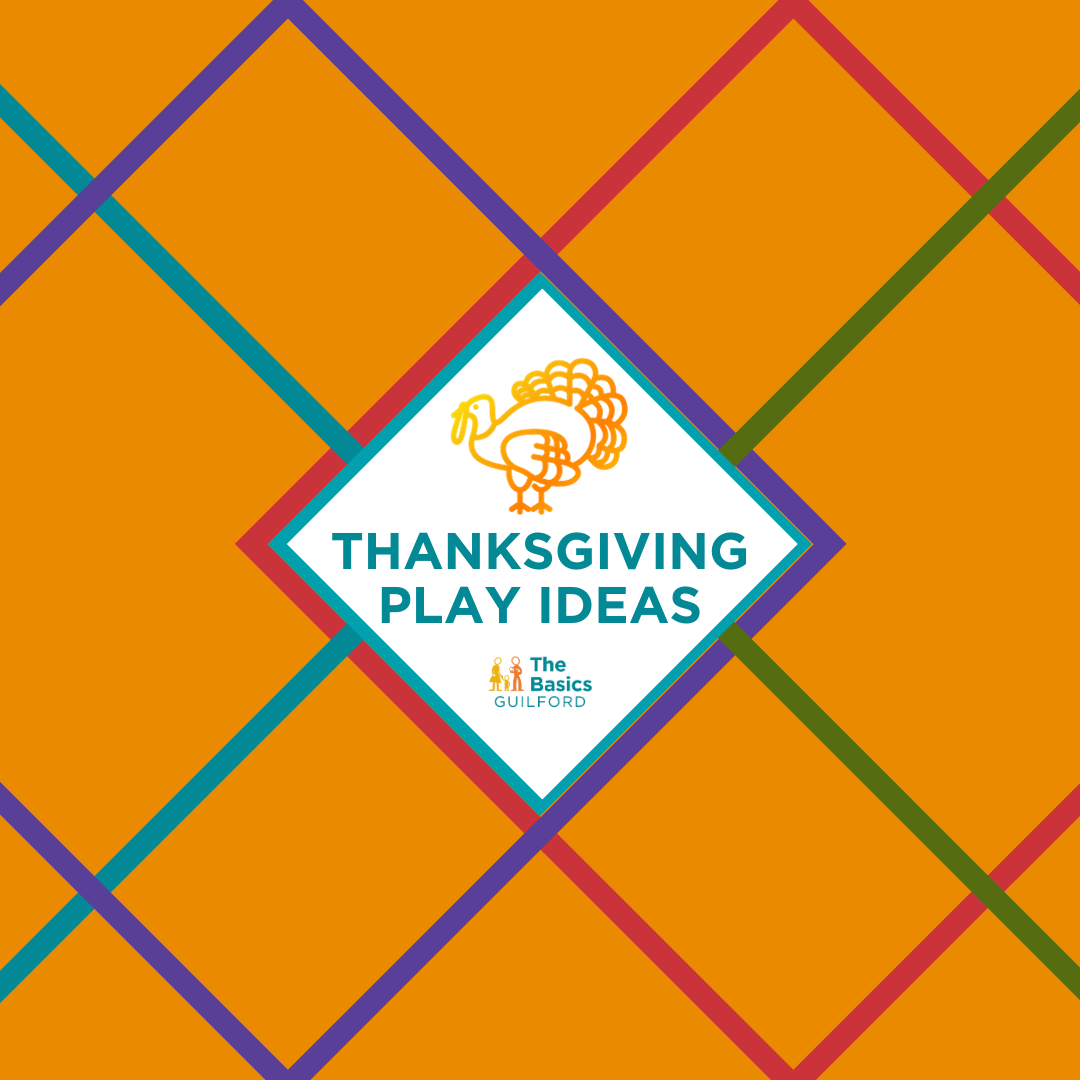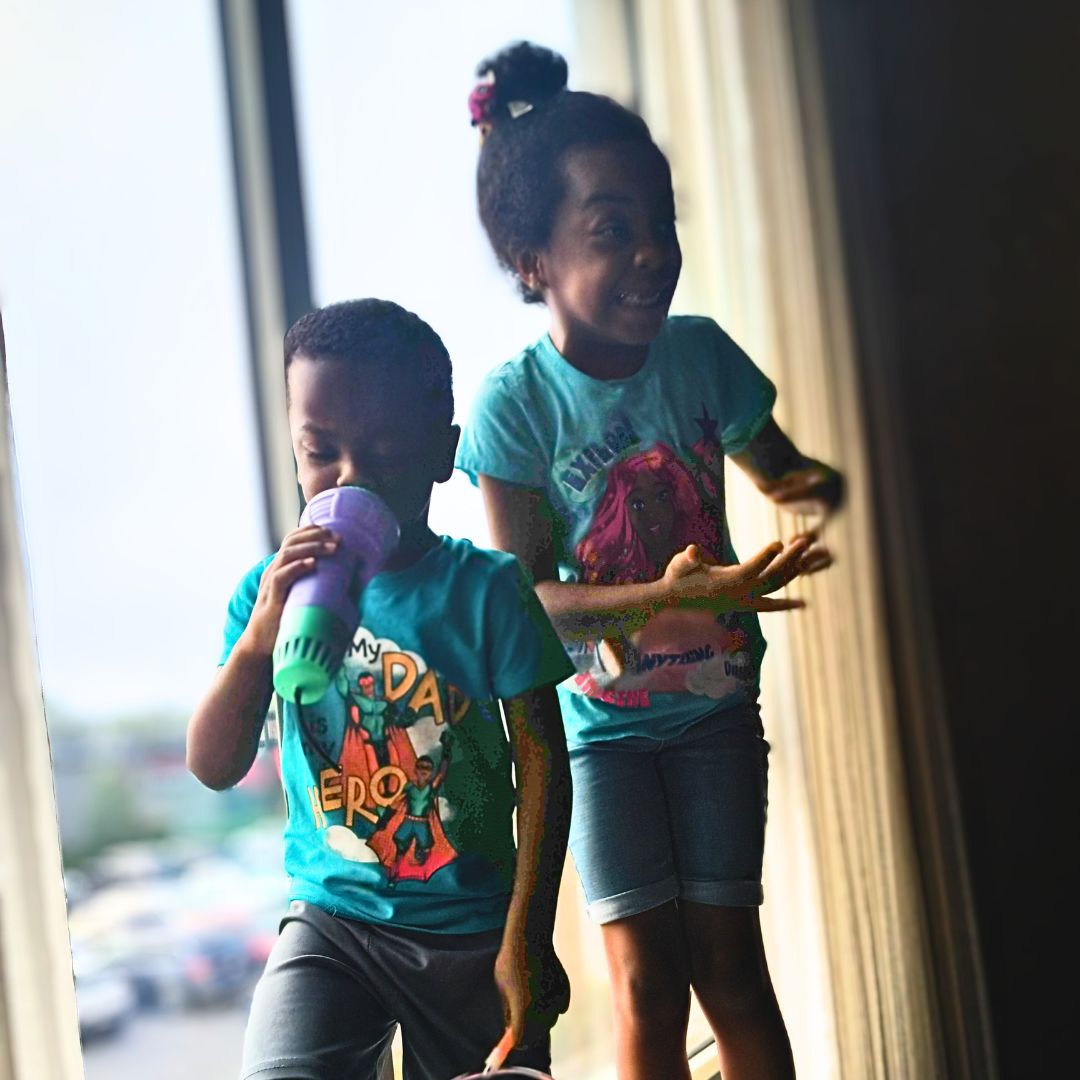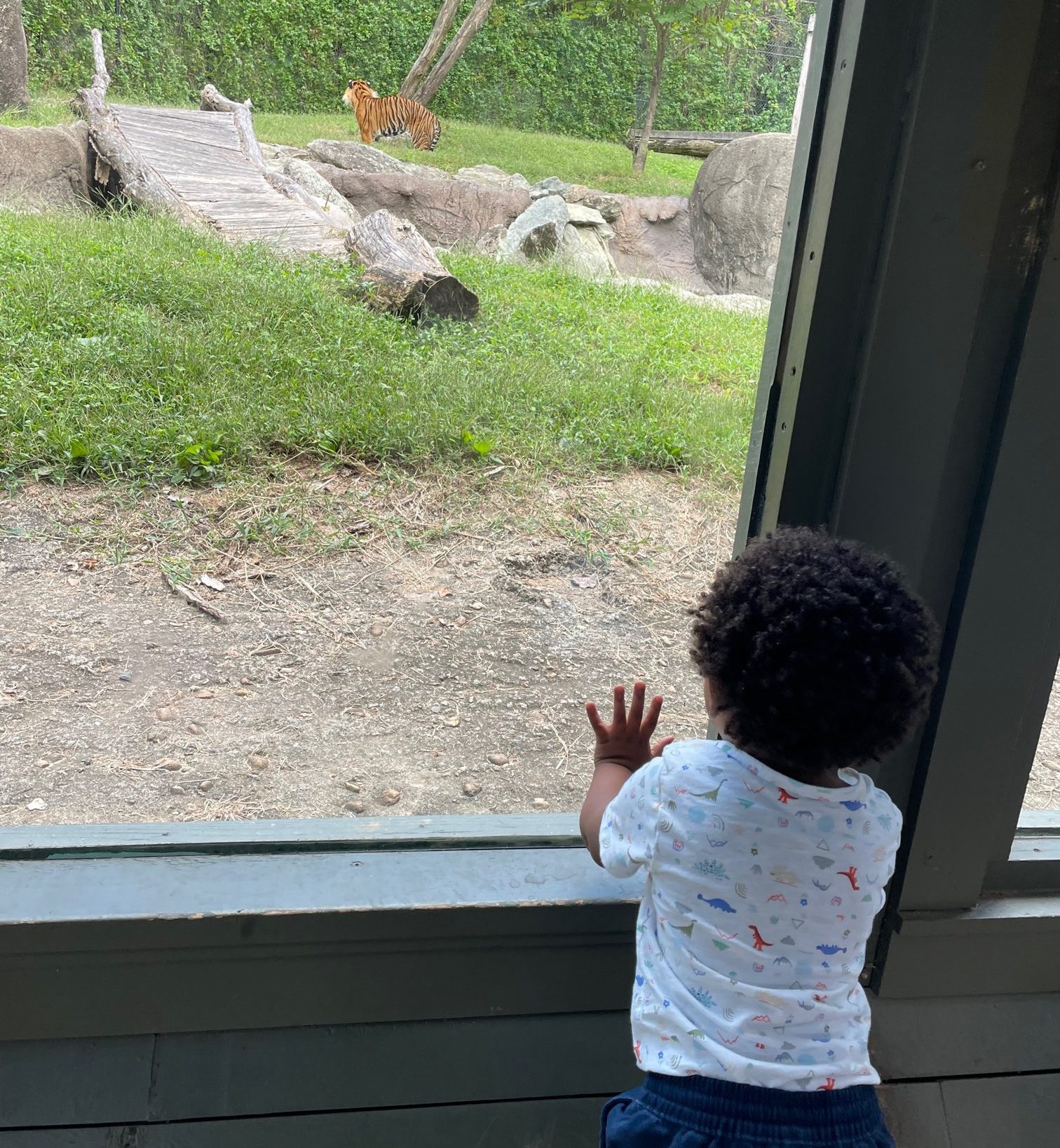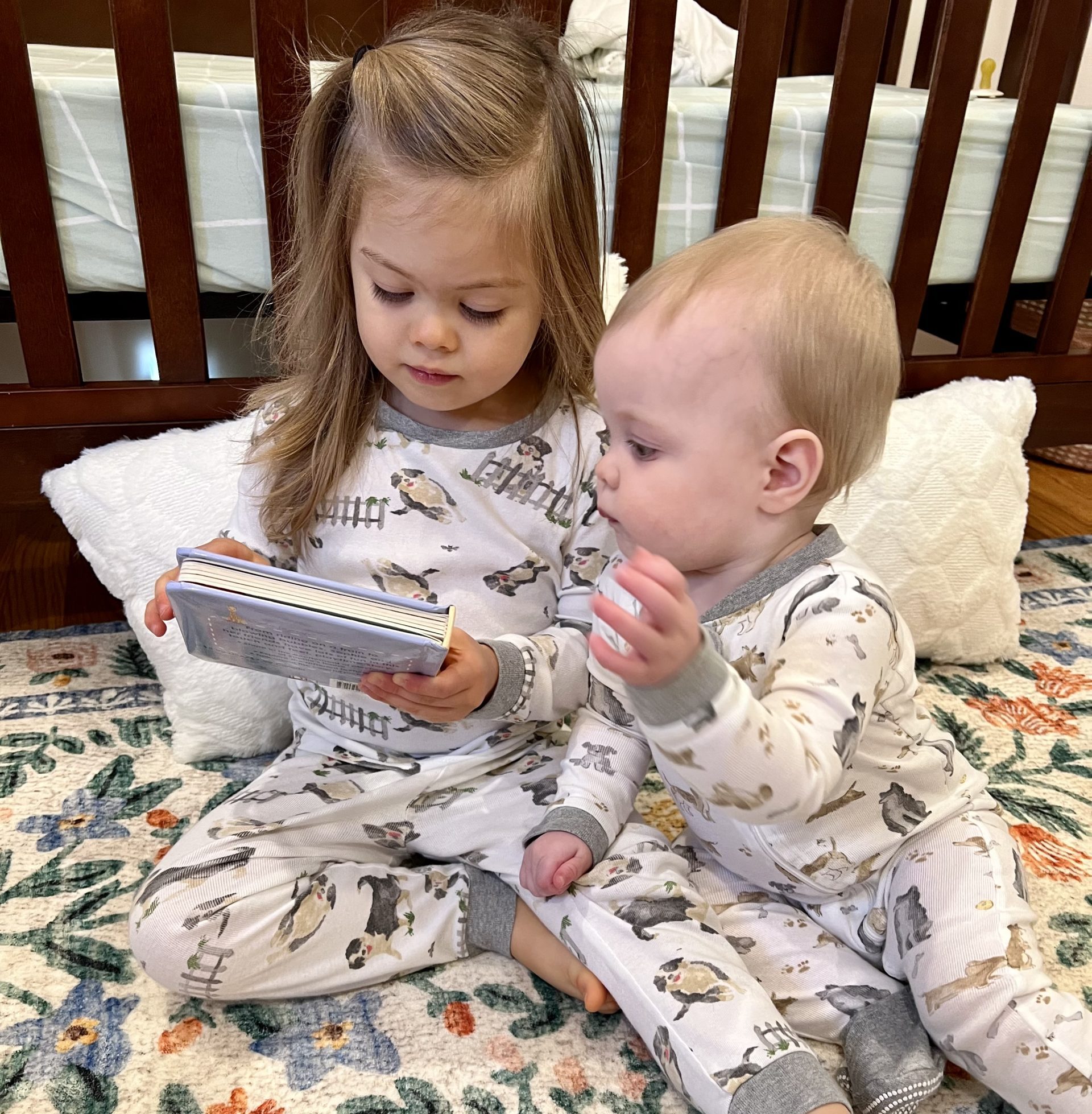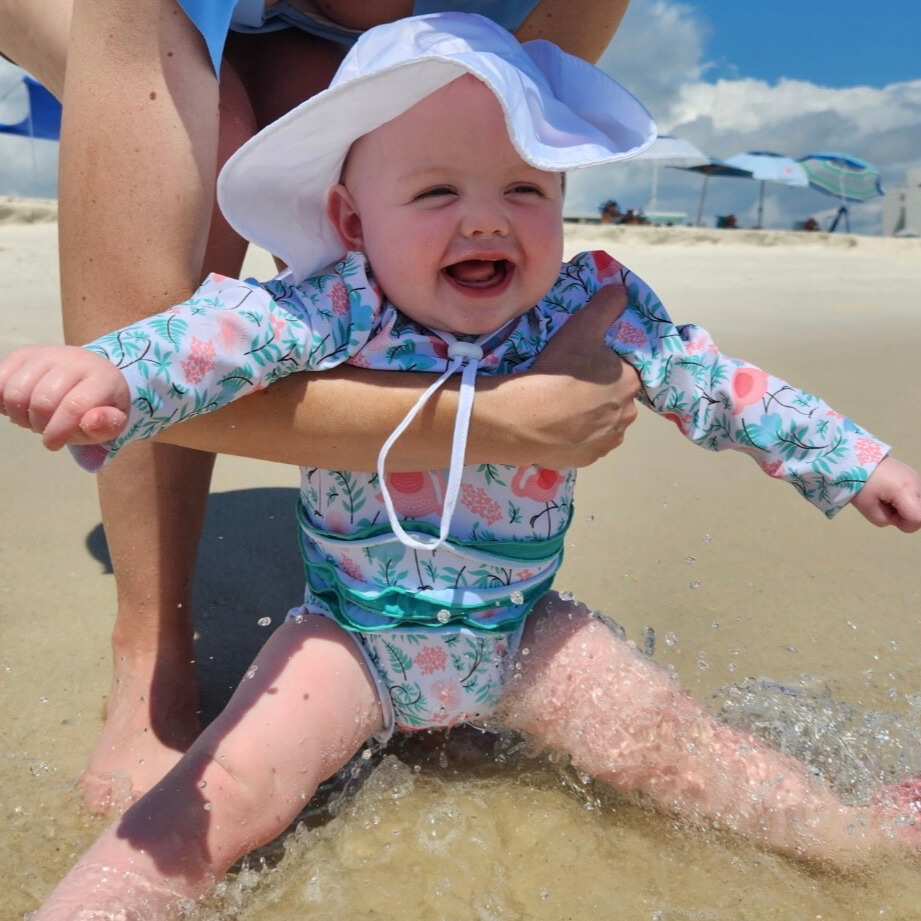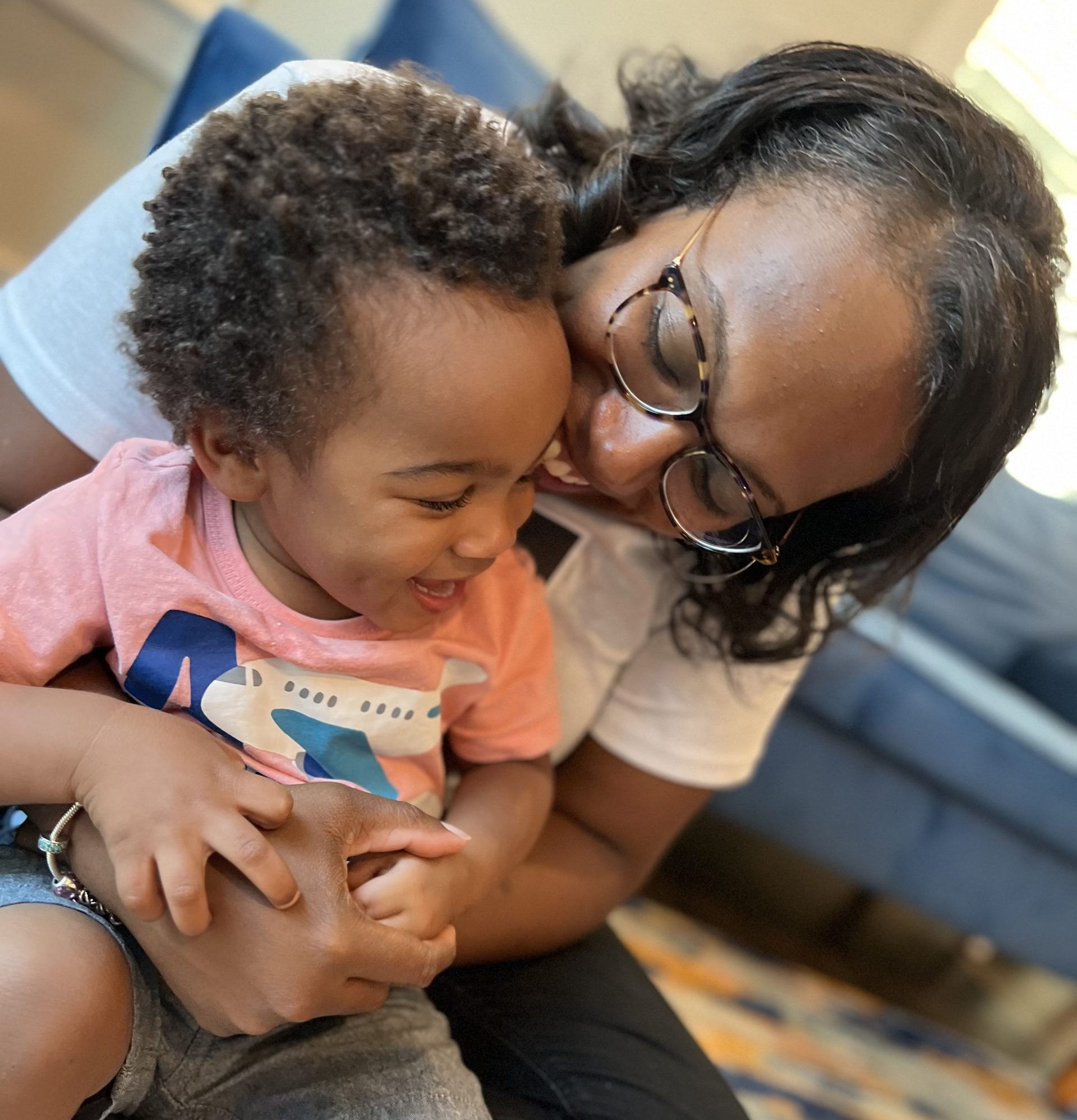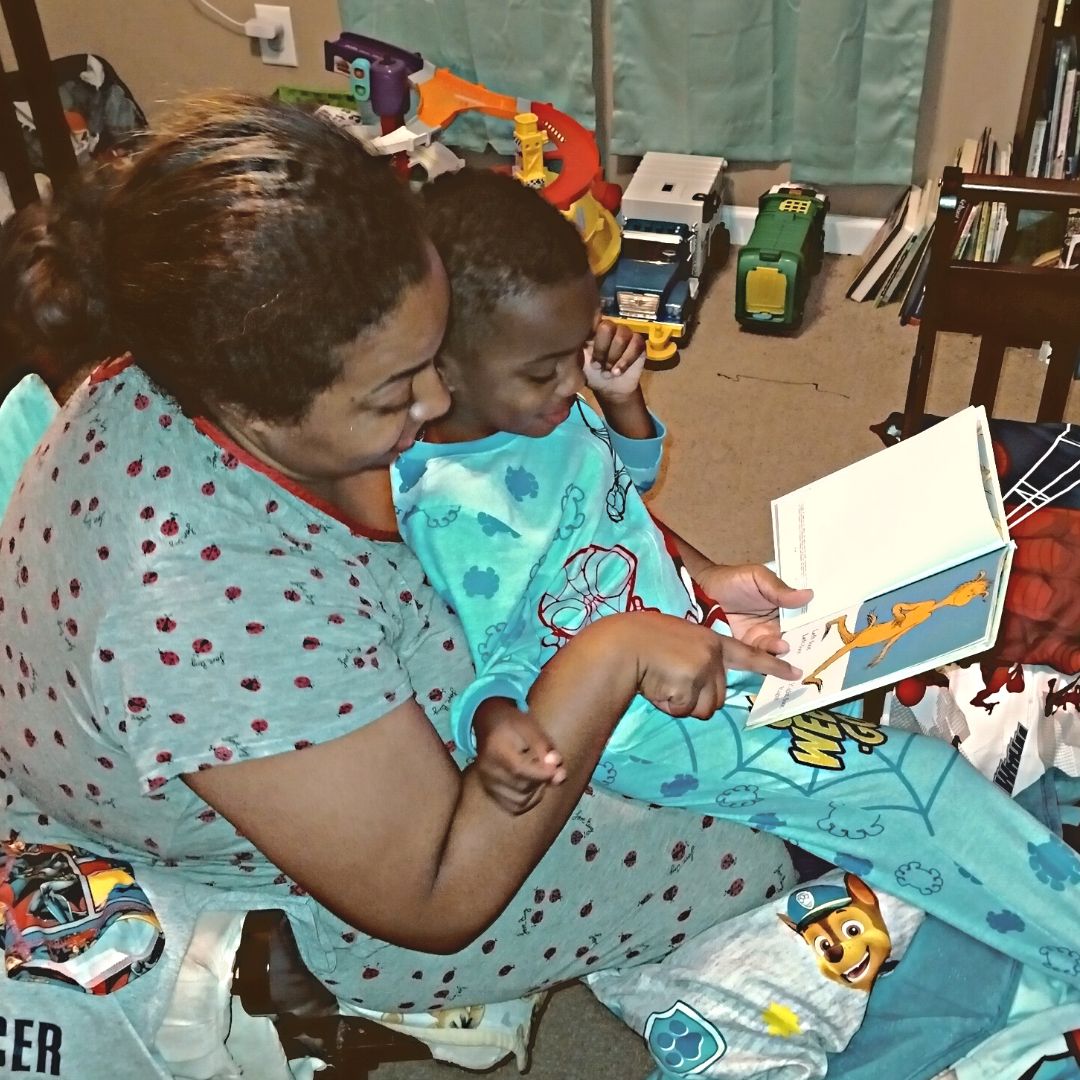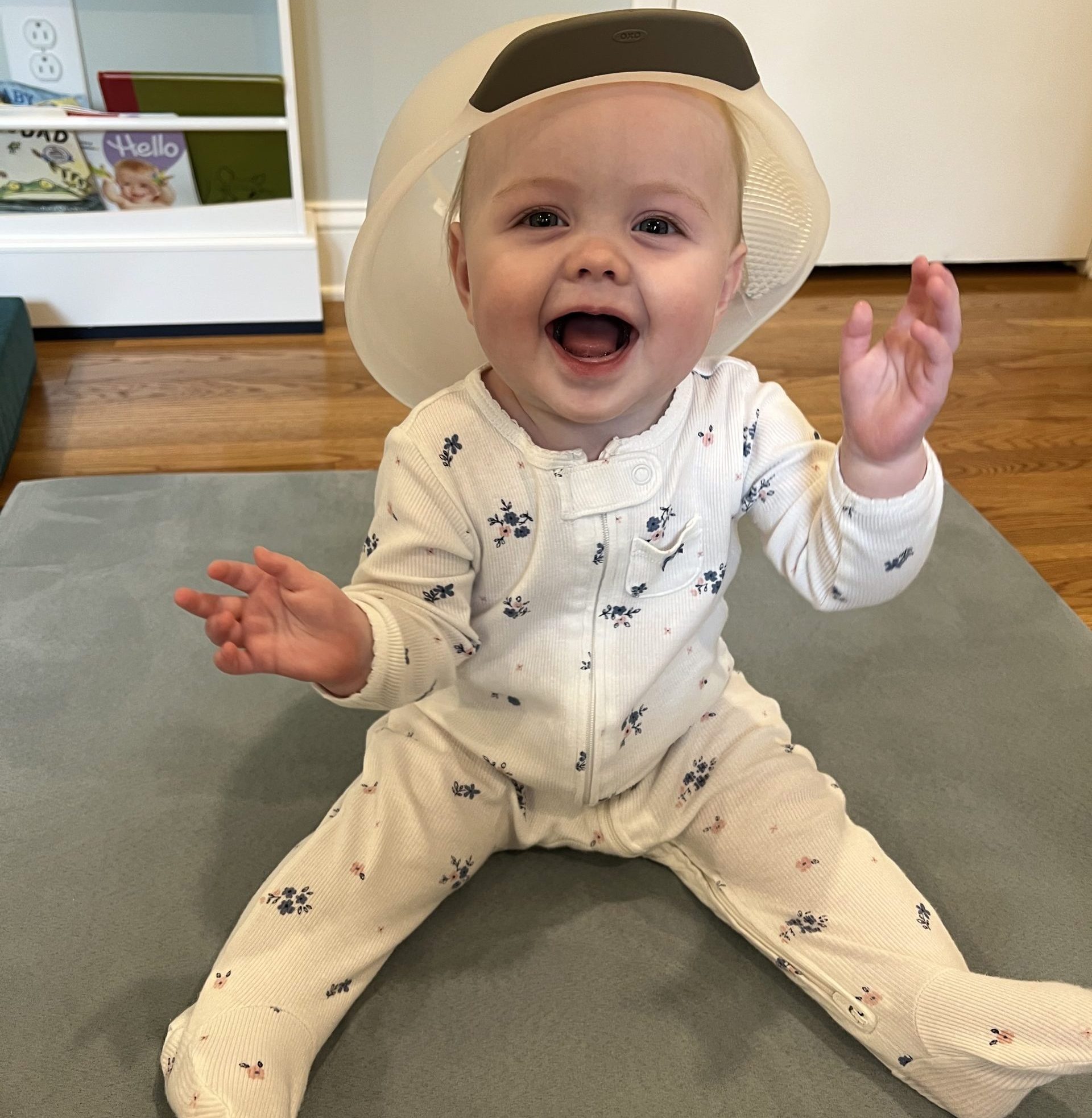THE POWER OF WHY | As parents, we often find ourselves navigating the complex world of child-rearing, seeking the best ways to support our children’s growth and development. In this journey, cultivating a strong foundation through programs and activities can have a profound impact on our children’s future. The Basics, emphasizes the importance of engaging with our children in fundamental activities to foster their overall well-being and development.
As a father, I have personally experienced the transformative power of participating in The Basics program with my son. This program serves as a reminder of the significance of simple, everyday interactions that lay the groundwork for a child’s cognitive, emotional, and social development. Engaging in activities such as reading, talking, singing, playing, and exploring with our children may seem basic, but the benefits they offer are truly extraordinary.
One of the key advantages of The Basics is the opportunity it provides for parents to bond with their children on a deeper level. By actively participating in these activities, we create meaningful moments of connection that strengthen our relationship with our child. These shared experiences not only build trust and security but also enhance communication skills and emotional intelligence, fostering a strong parent-child bond that is essential for a child’s healthy development.
Moreover, using The Basics helps promote cognitive development in children. Reading to our children, for instance, stimulates their imagination, enhances their language skills, and fosters a love for learning. Talking and singing with them not only enrich their vocabulary but also promote language acquisition and communication skills. Through play and exploration, children develop critical thinking skills, creativity, and problem-solving abilities, laying the foundation for academic success and lifelong learning.
Beyond cognitive development, The Basics also play a crucial role in supporting children’s emotional and social well-being. By engaging in these activities, parents help their children build self-confidence, resilience, and empathy. Playing together encourages cooperation, sharing, and teamwork, while exploring the world around us sparks curiosity, wonder, and a sense of exploration in children. These experiences help children develop important social skills and emotional regulation, preparing them to navigate the complexities of relationships and emotions in the future.
In essence, The Basics program is not just about engaging in simple activities; it is about investing in our children’s future by nurturing their holistic development. As parents, we have the incredible opportunity to shape our children’s lives and empower them to reach their full potential. By embracing The Basics with dedication and enthusiasm, we lay a strong foundation for our children’s growth, learning, and well-being!
By Jayvon Johnson, Peculiar Dad Club Founder

